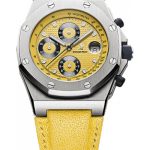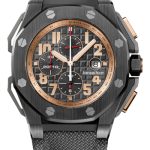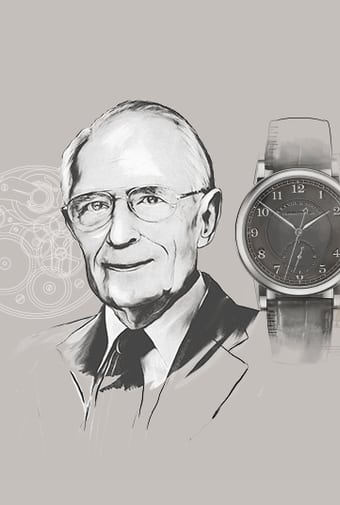Designer Series – Emmanuel Gueit

I want to give an introduction to a watch designer whom any watch enthusiast would surely be familiar with. His name is Emmanuel Gueit. Emmanuel was born in Switzerland in 1967. He has been involved in the watchmaking industry for over 30 years and is a legendary figure in the world of horology.

Emmanuel’s career in watchmaking is quite unique and different from that of a typical watchmaker. He grew up in a family closely connected to watches, with his father being involved in watch design and working from home. As a child, Emmanuel often watched his father work, and as he grew up, he enrolled in a design school in Geneva to pursue his passion. However, to his surprise, the school rejected him, citing a lack of talent, and even suggested he become a carpenter.
Undeterred, Emmanuel left school without graduating. However, this didn’t diminish his passion for watch design. He decided to teach himself about watchmaking and related knowledges, continuing to pursue his dream in the field. Eventually, he created many remarkable watch designs, including the first TV screen watch for Diesel, Harry Winston Z1, Rolex Cellini, Piaget’s Emperador Coussin Tourbillon Automatic Ultra-Thin Minute Repeater, as well as many private commission designs. However, the most influential and well-received among them is undoubtedly the Audemars Piguet Royal Oak Offshore.
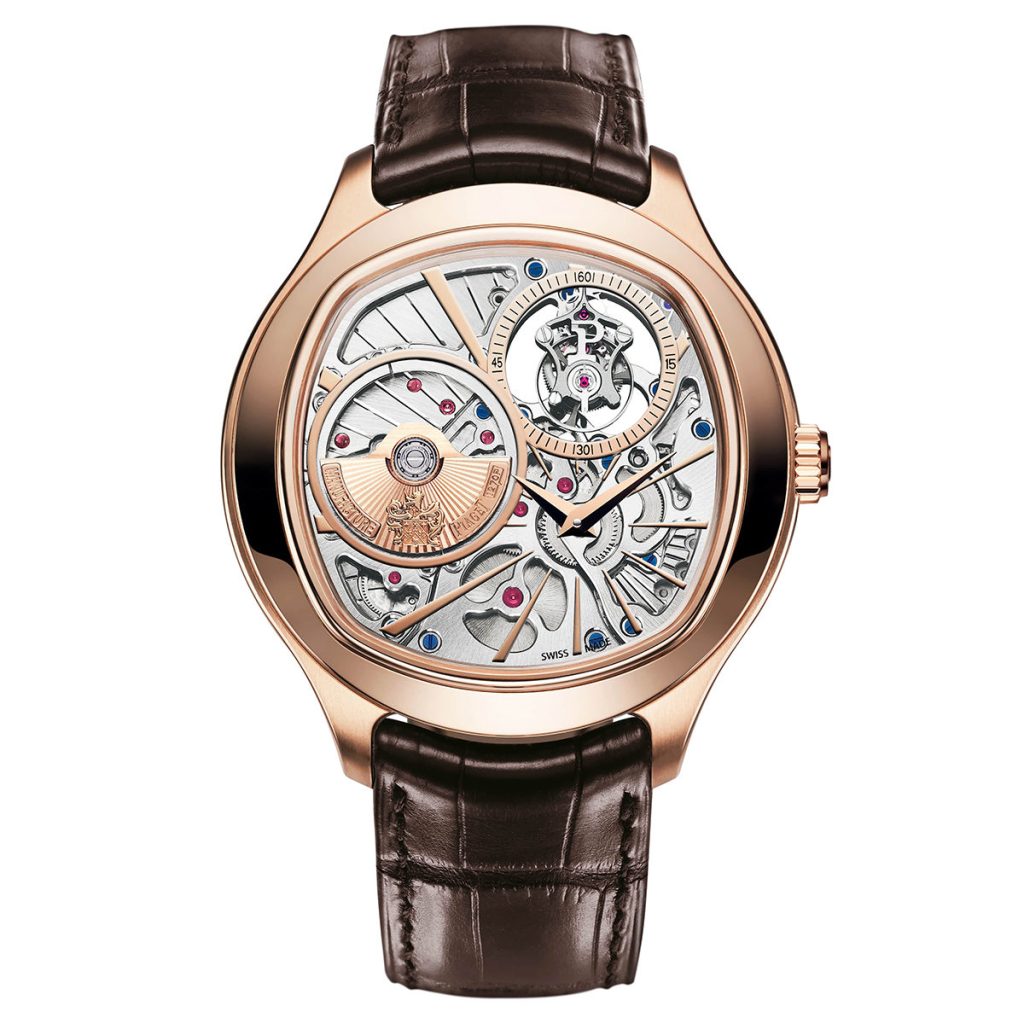
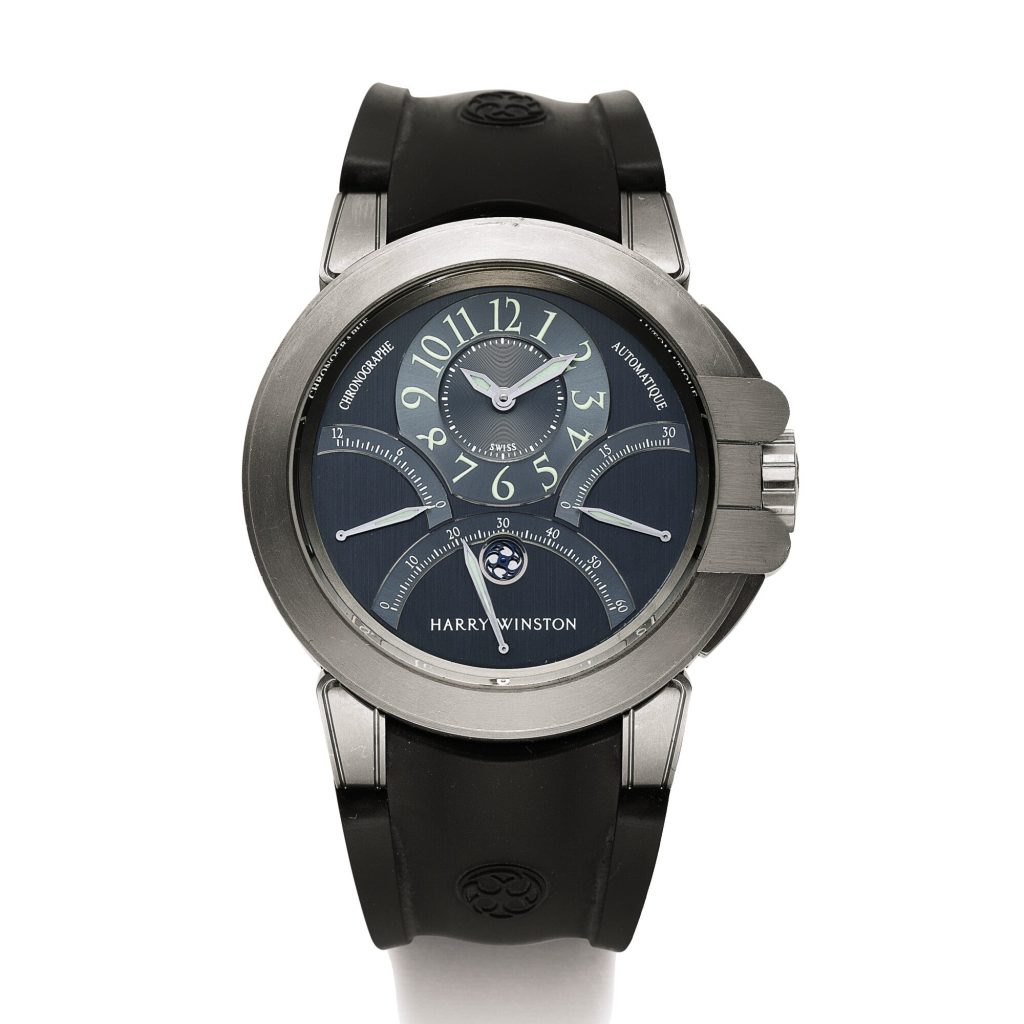
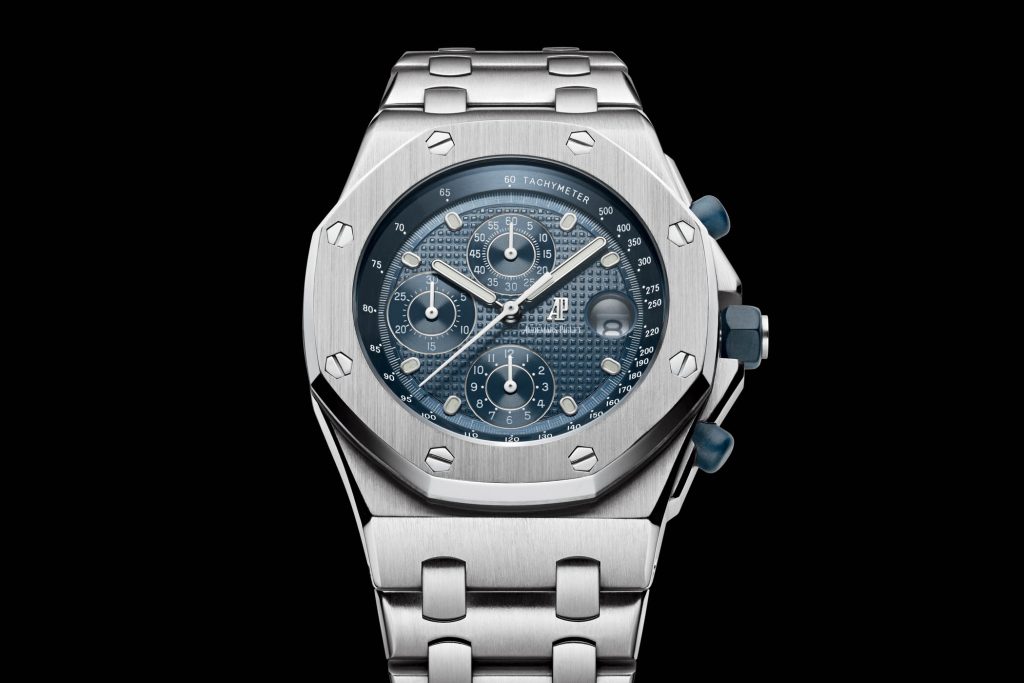
Every watch enthusiast knows that the Royal Oak was designed by Gerald Genta, but where did the Royal Oak Offshore branch come from?
In 1987, when Emmanuel was 20 years old, he was hired by Audemars Piguet, which was his first job and the job introduced him to two important mentors in his life: Jacqueline Dimier and Steve Urquhart. Jacqueline was the head of AP design department, and Steve was the CEO. Emmanuel worked at AP for two years, and one day, Steve told him that he observed a decline in the market for the Royal Oak and wanted to introduce a new model for its 20th anniversary. He gave Emmanuel two design requirements: to target a younger demographic and to create a watch exclusively for men.
At the age of 22, Emmanuel, being young, was naturally nervous and took this important task very seriously. He spent a lot of time studying Genta’s design and came up with the idea of magnifying all the design elements. One important element was enlarging the waterproof gasket, which is typically placed between the bezel and the case and is made of ordinary white rubber that is not visible. However, he thickened the gasket to make it visible and changed its color to blue. He also used blue rubber for the crown and chronograph pushers, creating a connection between them to emphasize this design detail. At that time, it was an absolute breakthrough.
After completing the design sketches, Emmanuel presented them to Steve. Although the idea was bold, Steve gave him a chance to try. However, the design didn’t receive approval from the top executives, in fact, majority were against it. They even advised to halt the development project several times. Emmanuel considered himself a stubborn young man and had unwavering belief in his design. Fortunately, some of the brand’s suppliers recognized his idea and expressed their support. Eventually, after
three years of effort, the prototype of the Royal Oak Offshore was created.
Design drawings alone don’t convey a substantial sense of form, with the physical prototype in front of the management team, the impact was much stronger. Emmanuel remembers showing the watch prototype to those who opposed it, and their initial reaction was that the watch was ugly, the case being too large and too thick, constantly emphasizing its thickness. However, Emmanuel was prepared this time, in his pocket – a Rolex Sea Dweller. He placed the watch on the table and exclaimed, “Look at this thick watch. It sells over a thousand units per month. If you think my watch is too thick, it means your understanding of the market is weak, and you’re not aware of what’s happening.” Emmanuel now looks back and realizes that his attitude at that time was both childish and arrogant, but the executives laughed and were convinced by him. Finally, six months, the Royal Oak Offshore was unveiled at Baselworld in 1993, during the 21st anniversary of the Royal Oak.
The market initial response at that time was not ideal. Gerald Genta himself criticized the design, saying that he “killed my Royal Oak.” Max Büsser told him that the watch was too large and wouldn’t sell. Looking back, we know that the Royal Oak Offshore is a highly successful watch with excellent sales. The 25th-anniversary special edition launched in 2018 was also a big success.
In the following years, the Royal Oak Offshore had its own legends. The first brand ambassador for the series was Italian skier Alberto Tomba. In 1997, the first colored version was introduced, originally intended as a display piece to celebrate the 25th anniversary of the Royal Oak but eventually put into production due to its overwhelming popularity. In 1998, the Royal Oak Offshore made its debut on the big screen in Hollywood, forming an indissoluble bond with Arnold Schwarzenegger.
